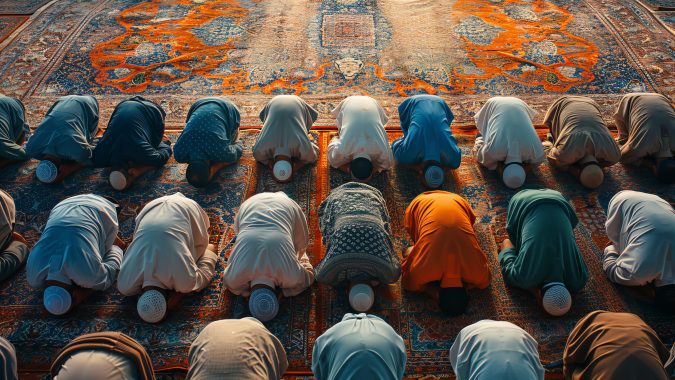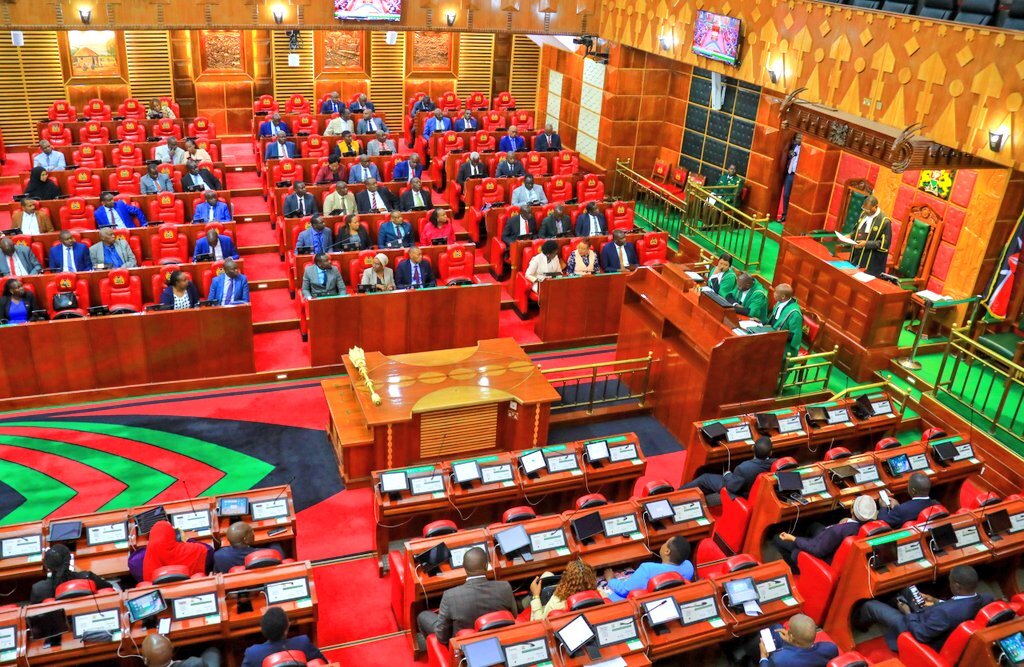6 male animals that die immediately after sex
Sex for many living organisms is purely for procreation but for some animals, it’s quite a deadly undertaking.
In the case of human beings, people can contract deadly diseases such as HIV/AIDS during sexual encounters which can result in death – albeit not immediately.
However, in animals, there is a phenomenon called semelparity which causes some animals to die shortly after sex.
Semelparity is basically a ‘suicidal’ reproduction process that involves animals that immediately die after having sex or not long after the mating season.
The males in particular are forced to live fast and die young, often only surviving for about a year.
There are some really fascinating facts about animals that die shortly after sex. See below;
1. Furcifer labordi chameleons
Furcifer labordi chameleons mate in January. If they don’t kill each other while trying to mate, hormone overdoses due to high levels of aggression might kill them.

Regardless, the males and females both die after successfully mating and laying eggs.
This particular species of chameleons have the shortest lifespan of all tetrapods (four-limbed animals), often only lasting 4 to 5 months.
2. Male antechinus
Antechinus are marsupials which resemble mice with the bristly fur of shrews that are endemic to Australia.
The male mice-like marsupials die after nonstop 14-hour sex sessions – typically from stressing themselves out.

The stress of the breeding season destroys their immune system, leading to liver infections and parasites of the blood and intestines. While some females live to breed for another season, all the males perish.
The male antechinus end their year-long lives trying to mate with as many females as they can in violent, frenetic encounters that can each last up to 14 hours.
Normal mating sessions for these marsupial mammals last at least a few hours at a time, and then the males immediately go on to find more females to mate with.
By moving so quickly, these creatures give themselves no time to eat, drink, or sleep. With breeding seasons lasting around two weeks, the males are so exhausted from the repetitive intercourse that they perish, leaving the females to birth and care for the babies on their own.
3. Male Phascogale
The male phascogale is the largest mammal that mates itself to death.
The male Australian phascogale expends so much energy trying to mate that his own immune system gets put at risk. Males will even stop eating to focus on finding a mate, causing hormonal changes that can lead to their organs breaking down.

All three species of phascogale fall prey to stress-induced diseases and die, or they are eaten by predators like owls, foxes, and cats.
Either way, they’ll die after their first and only breeding season. However, females go on to live for about three years.
4. Male little red kaluta
The male little red kaluta is the only grassland-dwelling mammal that dies of post-mating stress.
Like similar marsupial mammals in Australia, the male little red kaluta’s immune system collapses and it dies of stress-related issues after mating.

Males die soon after reaching sexual maturity at about 10 months old.
Interestingly, in laboratory settings, the males kept alive after mating become “reproductively senile,” which means they’re too old to effectively mate, despite only being 1 year old. However, females are capable of reproducing for at least two breeding seasons.
5. Male boullanger island dibblers
Male boullanger island dibblers are another Australian marsupial mammals that die shortly after breeding.
The high energy demands during the breeding season lead to the frequent male deaths.

Even though their copulation lasts a few hours, mating is preceded by up to 15 days of chases and frequent attempted mountings with many unsuccessful attempts.
6. Male slender opossums
Male Brazilian slender opossums die after sex while females die after giving birth – this means no individual opossum ever lives through more than one mating season, and most don’t live longer than a year and a half.

Symptoms before dying include fur loss in the rump and parasite infestation, indicating a weakening of the immune system similar to Australian marsupials that also perish after sex.
Additional reporting by National Geographic.
Author
Martin Oduor
The alchemist of literary works - a master wordsmith with a proven record of transforming the raw materials of language into a rich tapestry of emotion, thought, and imagination.
View all posts by Martin Oduor













